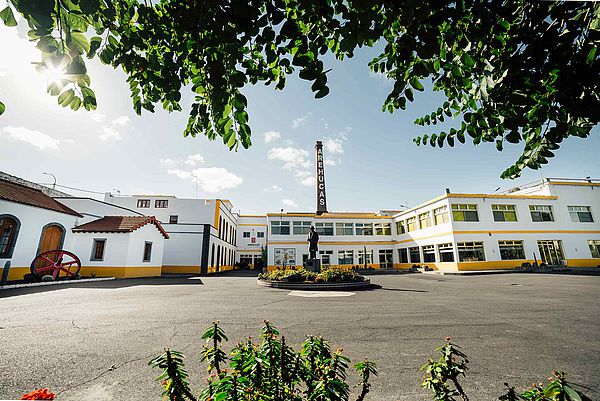Getting to the city of Arucas takes only 17 minutes of our time, according to Google maps. It is just 15 km from the nearby capital of Las Palmas de Gran Canaria along the modern dual carriageway.
Back in 1884, however, a group of oxen took a full five days to transport the Scottish machinery to the site of the Sugar Factory of San Pedro to start up operations there. It was no easy job, as the machinery was bulky and extremely heavy, and had come into the Puerto de La Luz in the capital city, and had to negotiate the narrow winding roads of the time.
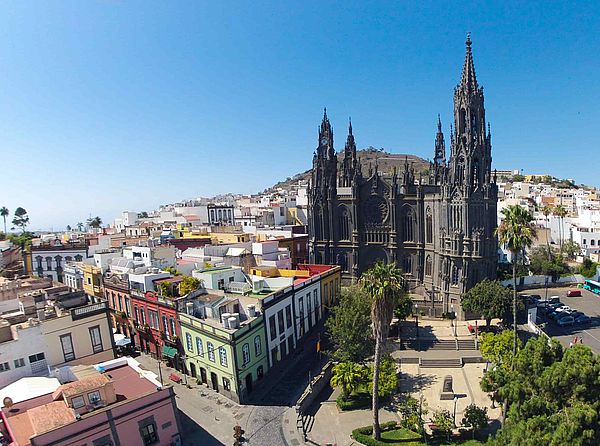
Arucashad already planted sugar cane before it had arrived at Cuba, the first country we think of when we talk about this sweet plant. When it underwent great urbanistic and industrial development in the 19th century, it implanted one of the most modern factories to carry out the crushing and treatment of the plant. With it came the most famous rum in the Canaries, as the Sugar Factory of San Pedro became a distillery, while just over a century later it had become part of the island’s being: the iconography that represented daily life and popular fiestas always carried images of one its bottles, with phrases that forever contain the expression of “ron de Arucas”, or Arucas rum.
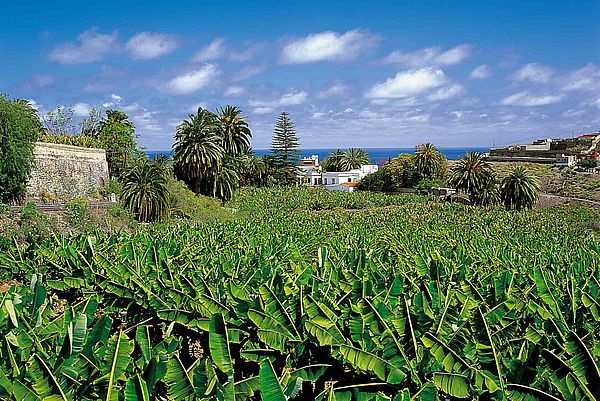
The name of the city is synonymous with name of the rum, while even the Chinese have started to know all about it (and it is not even a set phrase: this product is already being sold in this powerful Asian country, as anyone who enters the website for Arehucas Rum can see, as there is an option to surf this site in Mandarin!).
The five centuries of sugar cane cultivation has not only made its distilleries famous and on the lips of everyone on the island, it has created an island with a sweet tooth, as typified by its wide range of pastries and confectionery, and of course, the inventor of the honey rum brand, which started off as “rum with honey” in homes, bars and local village shops all around post war Gran Canaria where it was born, and has ended up simply as Canary “honey rum”, now protected under the Protected Geographical Denomination label.
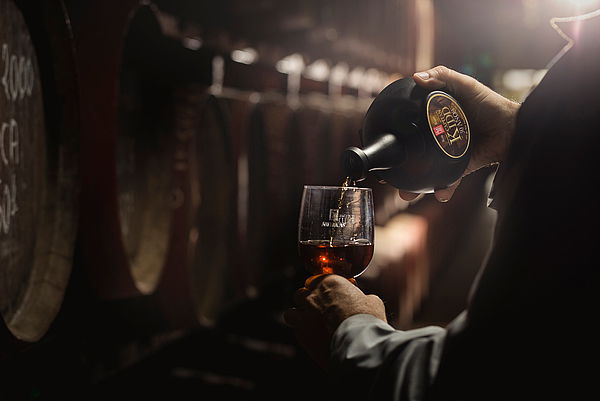
In the middle of this revolution, this product had moved on from the bars and cafés of the 1950s to the rum industry itself, made first with cane honey, and which now is derived from bees honey, giving it an infinite choice of combinations of flavours and cocktails.
And to complement this wholly Canary invention which has gone all around the rum world, the banana plant has also made huge inroads into mass export abroad. The mashing of the fruit fit for the sweettooth islanders has also turned it into a major Canary industry, in the form of banana liqueur, among other fine products.
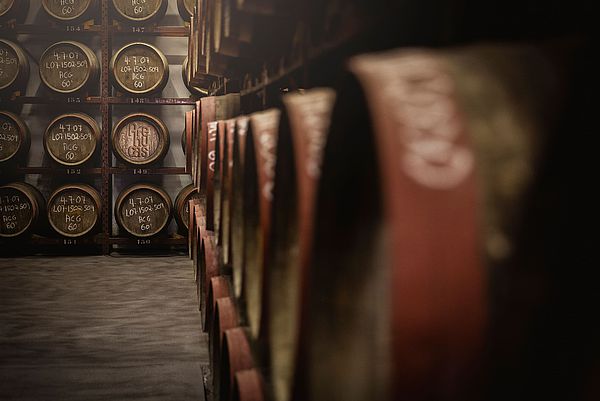
A tour around this century old factory, the largest and most ancient rum bodega in Europe, is within the grasp of any visitor who takes time out to come to Arucas (and don’t worry about getting here, we have replaced the oxen with modern buses and the windy roads are now safe wide motorways). You don’t even have to be rum fans as such, you can also amuse yourselves looking through hundreds of cinema artists, singers, writers and even footballers who have signed their names on the great casks in the bodega (find out more at www.nortedegrancanaria.es).
